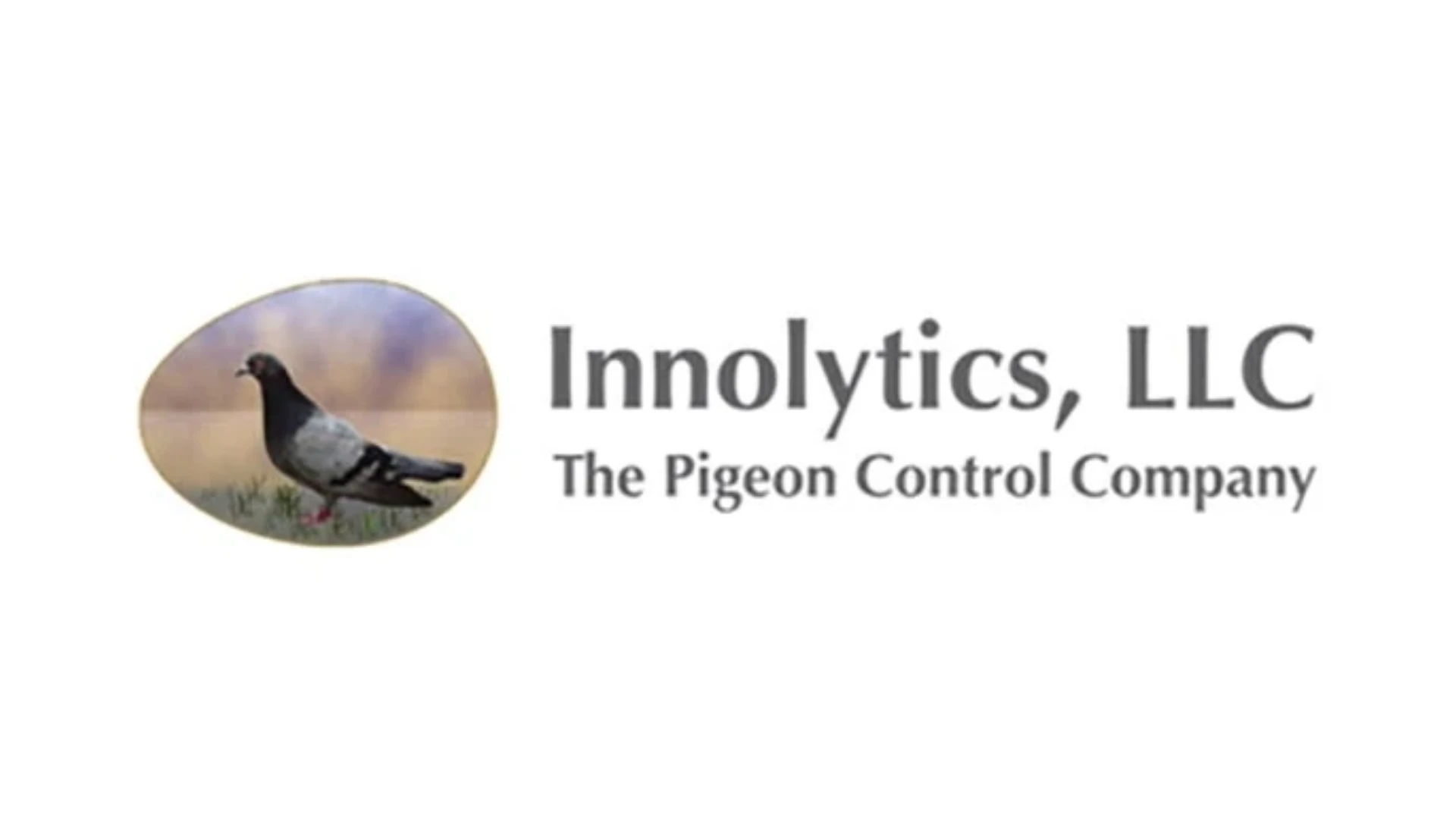I have always been intrigued by the term "occasional invader" when I have read it in pest control literature. What exactly is an occasional invader (OI)? In one sense, they are the pests that we don’t always see present in our environment and they just appear, well, occasionally: moths that fly around lights at night and occasionally get into the house; the fly, wasp, yellowjacket or bee that makes it through the threshold or screen door when we go in and out of the house in the summer; the silverfish or firebrat that scurries across the fireplace in the fall; or the millipede or centipede that crawls across the carpet just after we swept the entire house.
On the other hand, some pests, although quite abundant in and around the home, have always carried the label "occasional invader," such as spiders, earwigs or pillbugs, just to name a few. But what about a single pregnant female German cockroach that enters a house that has never had a cockroach infestation prior, the sanitation is 101 percent, and the human inhabitants of the house are slightly entomophobic? In this "occasional invader" scenario, do those 20 to 40 little first instar German cockroaches that start appearing constitute a major infestation? Of course every incidence is different. The point to be made here is that by providing services with the information about these various occasional invaders you can not only give your customer peace of mind but a means to treat a nuisance bug problem effectively.
Providing services to specifically treat OIs requires a little extra knowledge and effort on the part of the pest management professional. However, taking care of any insect/arthropod problem, not just the usual suspects — cockroaches, ants, fleas, flies and termites — provides an opportunity for your business to grow. The rules are always the same for each pest encountered. Good control methodologies are based upon a sound understanding of the particular pest’s biology, a thorough and detailed inspection to locate the point source(s) of the infestation and familiarity with both chemical and non-chemical strategies best suited to attack the pest.
In this article I will review the basic biology and control strategies for two "occasional invaders." Remember that the types of OIs that are most prevalent in your specific area will differ depending on what part of the country and region your company is located in.
EARWIGS. Earwigs are present throughout the United States and they are generally considered outdoor pests that occasionally (surprise!) enter the home but rarely cause damage. They are ground-dwelling creatures, most of which are scavengers, however some species will feed on plants. Some are even predaceous. All earwigs have chewing mouthparts.
Earwigs are closely related to cockroaches and go through simple metamorphosis: nymphs differ from adults in size, sexual maturity occurs and wing structures fully develop (although they may not fly). Earwigs’ most obvious distinguishing characteristic are the forceps they posses at the end of their abdomens. In some species the males may have elaborate sets of these forceps whereas female forceps tend to be much smaller and quite narrow. The forceps can be used to grasp prey, as well as a defensive weapon to ward off other attackers. Earwigs are usually most active at night and can be readily observed around lights foraging for food and prey. Female earwigs lay eggs in underground burrows and the eggs are guarded by the female. Development times vary among species with some species having multiple broods per year. Most species over-winter as adults.
There are about 22 different species of earwigs present in the United States, of which only a few enter the home and are considered pests. According to the Handbook of Pest Control (Mallis, 1990), the European earwig (Forficula aricularia), ring-legged earwig (Euborellia annulipes), the shore earwig (Labidura riparia) and the seaside earwig (Anisolabis maritima) are the most common domestic species. Earwig infestations rarely reach alarming proportions, although no part of the house is exempt from their invasion. Modern construction and landscaping practices have distinctly curtailed the serious earwig outbreak, however certain parts of the country may experience large numbers of complaints if weather conditions are favorable.
There are numerous residual and direct spray applications that are labeled for earwigs, however this is a great example of an occasional invader that can best be controlled with some non-chemical methodologies. Sanitation in the form of removing general debris, plant or otherwise, from around the structure can help depress earwig activity. An inspection of the structure to identify and eliminate areas of excessive moisture (improperly installed rainspouts or leaky hoses and irrigation equipment) can also help to keep earwig activity at low levels. Outdoor perimeter applications of residual insecticides will provide adequate control of earwigs as will insecticide baits, either granular or solid, that are labeled for use against earwigs.
When using baits, pay particular attention to areas most likely to attract earwigs, as most bait will have better success the closer you get them to the target. Indoors, area-wide applications are rarely needed, however a knockdown/residual aerosol may be used to quickly dispatch earwigs found during the inspection. Many products exist with the proper labeling. As always, follow label instructions for the best results.
SOWBUGS AND PILLBUGS. Sowbugs and pillbugs are not insects, but crustaceans that have adapted to living a terrestrial life. They are world-wide in distribution and can be found in almost every urban setting in a variety of areas – underneath rocks, cracked sidewalks, near the footer of the house, in basements, kitchens and attics and in areas that are rarely disturbed, are moist, and receive little sunlight. Individuals frequently describe them as resembling tiny armadillos.
The common pillbug (Armadillium vulgare) and the two species of sowbug (Porcellio laevis and Porcellio scaber) are three common species that are distributed throughout the United States. They are usually between ½ to ¾ inch in length, are grayish or brown in color with a general oval shape. They have seven pairs of legs and a characteristic large thorax comprised of seven overlapping protective plates. The most distinguishing behavioral characteristic between sowbugs and pillbugs is the ability of the latter to roll up into a ball or "pill" when disturbed. Additionally, sowbugs have two visible appendages extending from beneath the last plate of armor on the abdomen.
The life cycle of both sowbugs and pillbugs are quite similar: generally adults are inactive in the winter or cold months of the year. Mating occurs in the spring and eggs are carried by the female in a pouch on the underside of her body. Eggs hatch between three to seven weeks, small nymphs remain in the pouch for another four to six weeks. After leaving the pouch individuals feed on their own. Surprisingly, adults can live for more than three years. They are rarely destructive pests but in some instances can ruin young potted plants and vegetables. Sowbugs and pillbugs are detritivores, which means they feed on decaying vegetable matter.
Almost everyone has encountered these creatures at one point in time or another and there is a relatively low fear factor associated with them in comparison to other urban pests. Nevertheless, their presence, especially in houses of new construction, may warrant a call from the homeowner. As with earwigs, non-chemical control measures can be employed to help reduce sowbug and pillbug infestations. Eliminating areas of high moisture by removing bedding mulches, grass clippings and leaf litter will help. If individual pests are found in the house upon inspection, then foundations, cracks around doors, basement windows, etc., should be inspected for potential entry points. Even if construction is sound, damp and moist basements could still attract sowbugs and pillbugs. Make sure that the homeowner takes steps to properly dry and ventilate basement and crawl space areas.
If chemical application is a concern pest management professionals may consider vacuuming to remove individuals if populations are minimal. The list of residual insecticides for sowbug or pillbug control is quite large. Be sure to check the label before spraying indoors or outdoors but most synthetic pyrethroids are labeled for such usage. When treating outdoors be sure to pay close attention to foundation walls, steps, porches, window wells and sidewalks. Barrier applications should be applied 5 to 8 feet around the perimeter of the structure. Direct spray with a suitable knockdown compound can be used to treat individual pests that are discovered during inspection, however outdoor barrier treatments will provide longer satisfaction in areas where there are large populations of this pest. Be sure to inspect all areas around the house to point out problem spots before applying a perimeter-wide residual application.
CONCLUSION. In closing, pest management professionals should remember to use any available resources to gain more information about a particular insect/arthropod pest.
The Internet, with links to university entomology Web sites, Extension cooperators from land grant universities, several commercially available identification guides and training manuals, your own records of past occasional invader experiences, as well as notes, handouts and summary presentations from continuing education courses are all good ways to build you and your technicians’ knowledge of occasional invaders. Tackle a few simple occasional invader calls and grow your reputation as a pest management professional that can effectively handle occasional invader calls.
The author is a research scientist at SC Johnson & Son Inc., Racine, Wis., in the Insect Control RD&E Division of the company’s Worldwide Consumer Products Group. He can be reached via e-mail at rkopanic@pctonline.com.

Explore the July 2003 Issue
Check out more from this issue and find your next story to read.
Latest from Pest Control Technology
- Neighborly Pest Management Continues Fighting Invasive Pest
- Rollins Reports Q1 Revenues Up 9.9% YOY
- Are You Covering Your Marketing Basics?
- Did You Order Mice With That?
- Arrow Exterminators Opens New Residential Service Center in Metro Atlanta
- CAPMA Hosts 2025 Legislative Day in Sacramento
- Grizz Pest Management Bartends for a Cause
- Rose Pest Solutions Becomes Official Pest Provider of Chicago Fire FC





